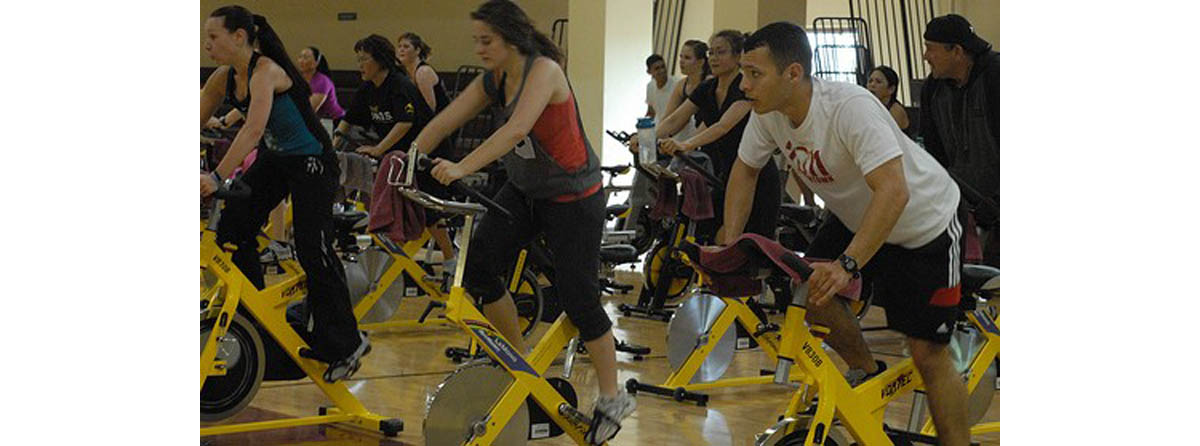Table of Contents
High Intensity Interval Training

The vast majority of people doing HIIT aren't following Tabata protocol – if you are, you’re doing 4 4-minute sessions of very high intensity negative rest intervals a week and one longer, moderate intensity cardio session.
If you’re not doing this, you may be doing HIIT but you’re not doing Tabata protocol.
While that super-high intensity might appeal to the macho amongst us, perhaps it’s better to try a less punishing regimen if you want to get the benefits of HIIT without exhausting yourself.
Enter Professor Martin Gibala, of the kinesiology research department at McMaster University in Canada. Professor Gibala has attempted to construct a simpler, more commonsense approach to HIIT than Professor Tabata’s highly structured and very intense method. His summation of the essence of HIIT says volumes about his attitude to the subject: ‘HIT simply involves alternating high- and low-intensity efforts,’ he explains.
Professor Gibala goes on to explain his own approach to HIIT in equally simple terms. ‘We have shown that interval training does not have to be ‘all out’ in order to be effective,’ he says. And he delineates the key benefit of HIIT as against traditional steady-state cardio, saying, ‘doing 10 one-minute sprints on a standard stationary bike with about one minute of rest in between, three times a week, works as well in improving muscle as many hours of conventional long-term biking less strenuously.’
While there are several complementary systems of interval training available, with more emerging all the time, what’s missing is a clear understanding of why this system works. Training at high intensity for short periods seems to have a ‘one-way carryover’–
As against Professor Tabata’s highly intense training regimen, which featured negative rest as a key component, Professor Gibala’s research featured an easier program to implement. Active but non-athletic men cycled against high resistance on a standard exercise bike for 30 seconds at high intensity, followed by four minutes’ ‘rest’ cycling at low intensity, and the routine was repeated four to six times, three days a week. Within two weeks, the test subjects had doubled the amount of time they could cycle at a preset intensity, from 26 to 54 minutes.
An increase in aerobic capacity is known to be one of the side effects of anaerobic conditioning, though past a certain point this requires specific conditioning.
However, the question this article poses isn't ‘can you improve your aerobic function in five minutes?’ but ‘can you get fitter in five minutes?’
- Photo courtesy of USAG- Humphreys by Flickr : www.flickr.com/photos/usaghumphreys/7239650798/
- Photo courtesy of New York National Guard by Flickr : www.flickr.com/photos/nyng/9680936750/


Your thoughts on this